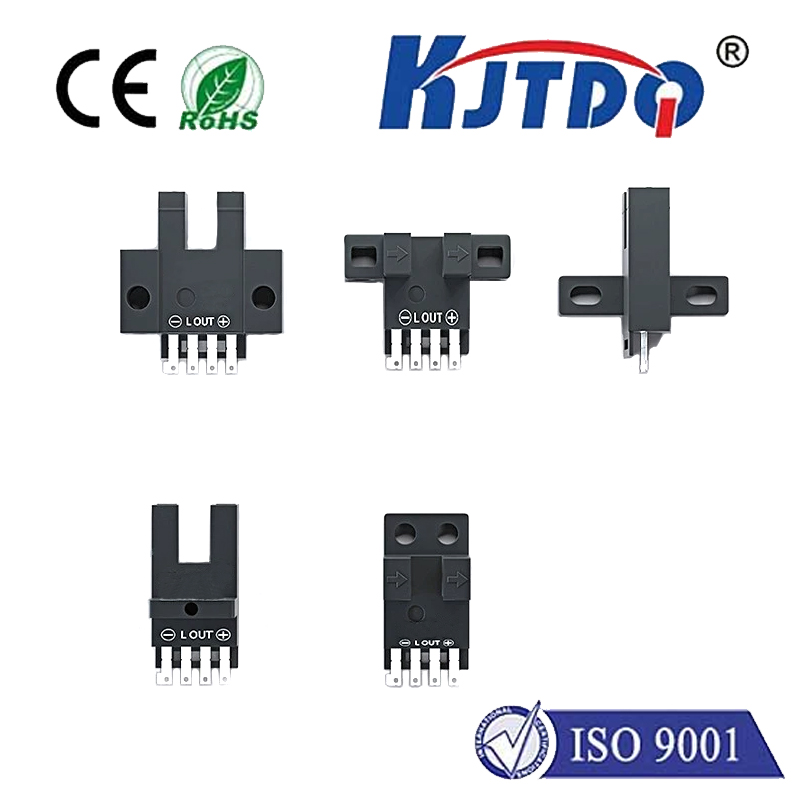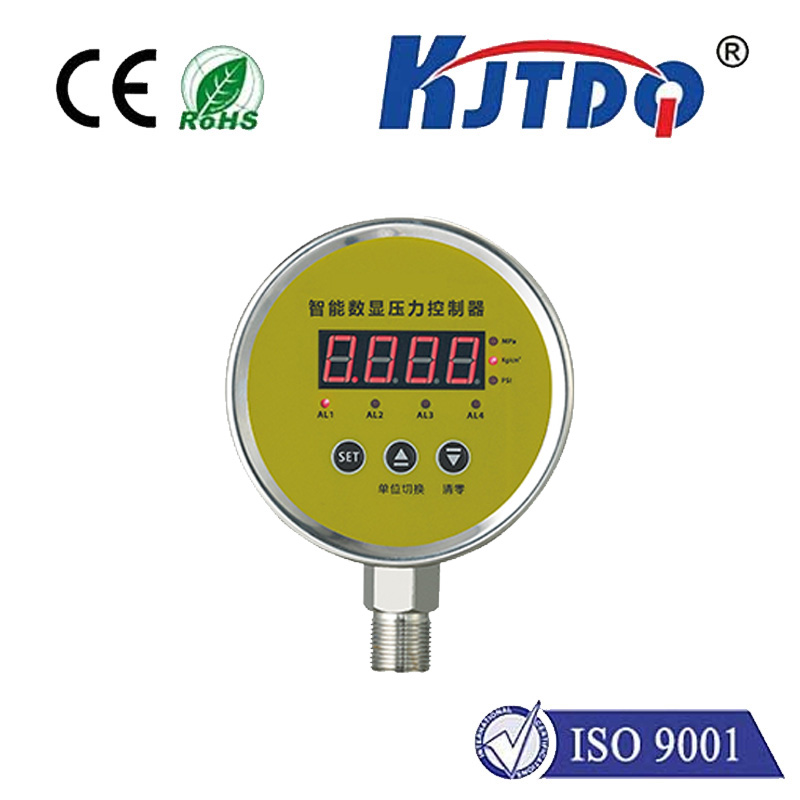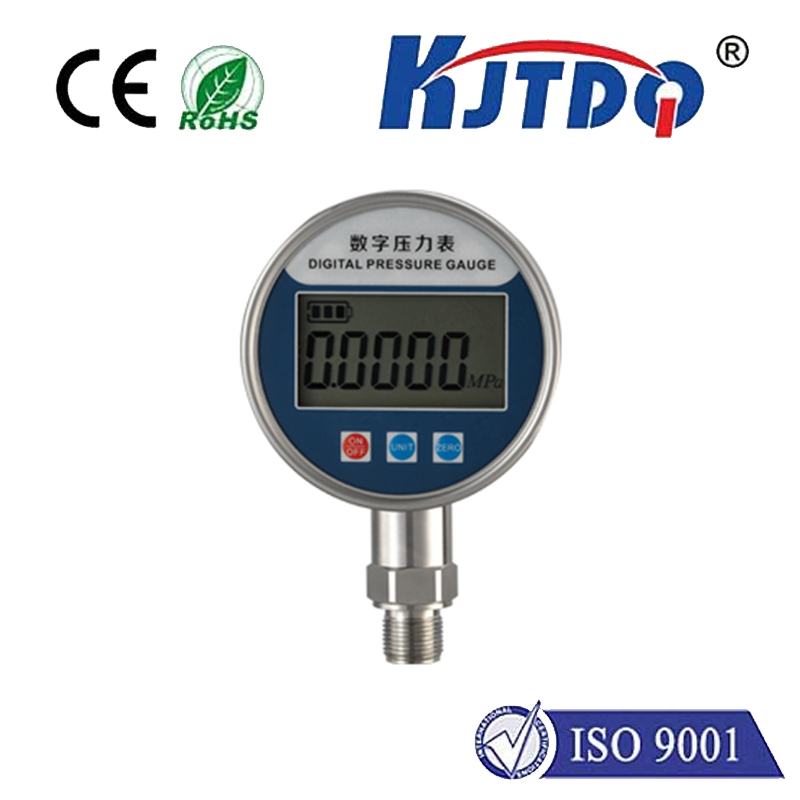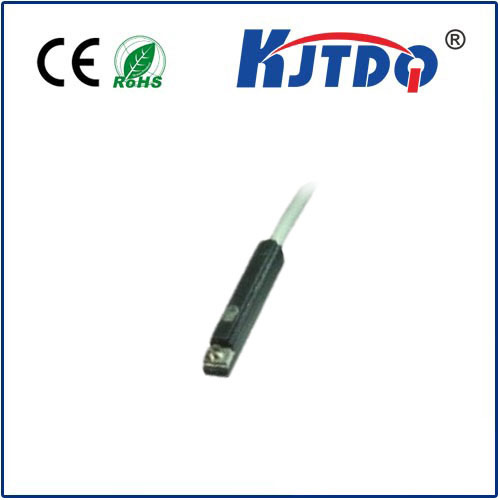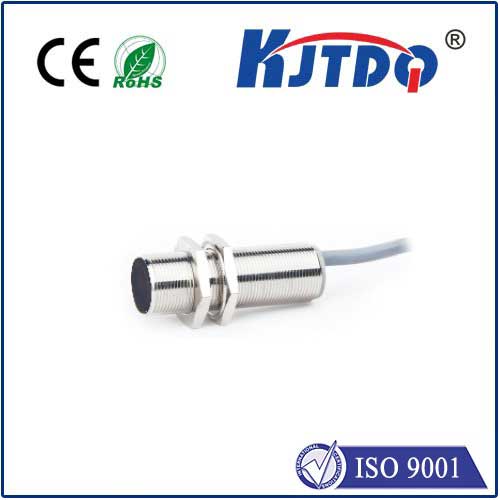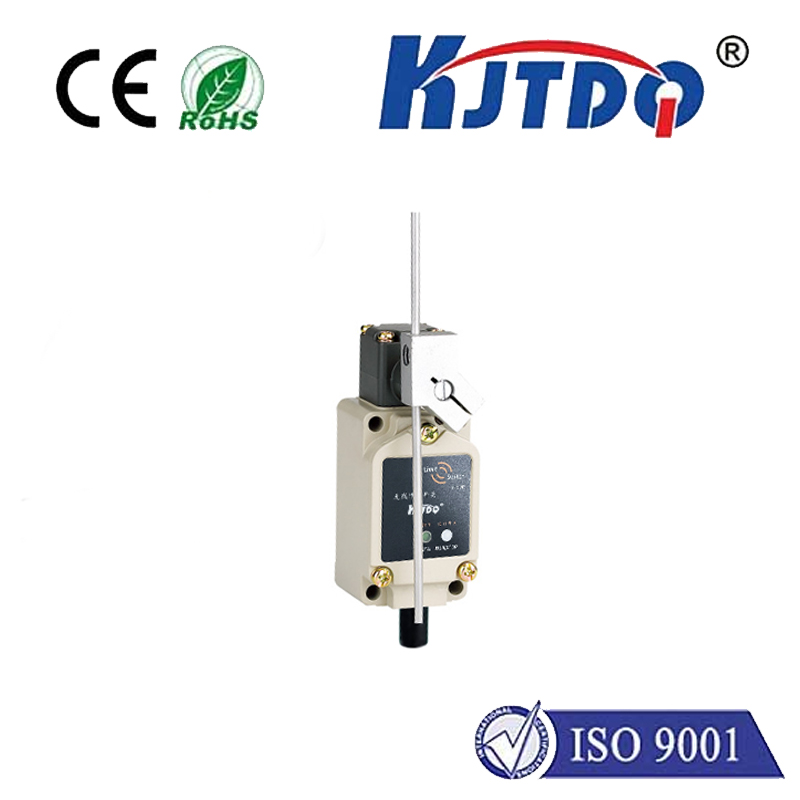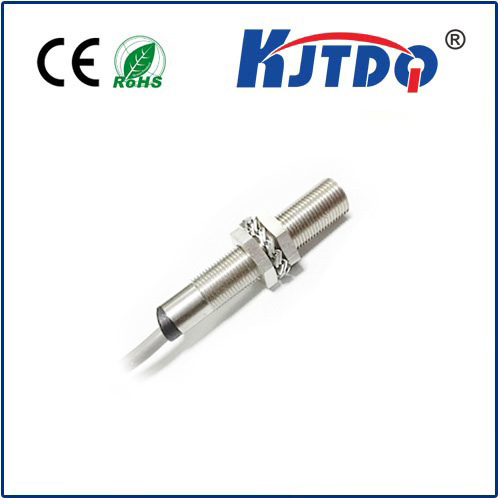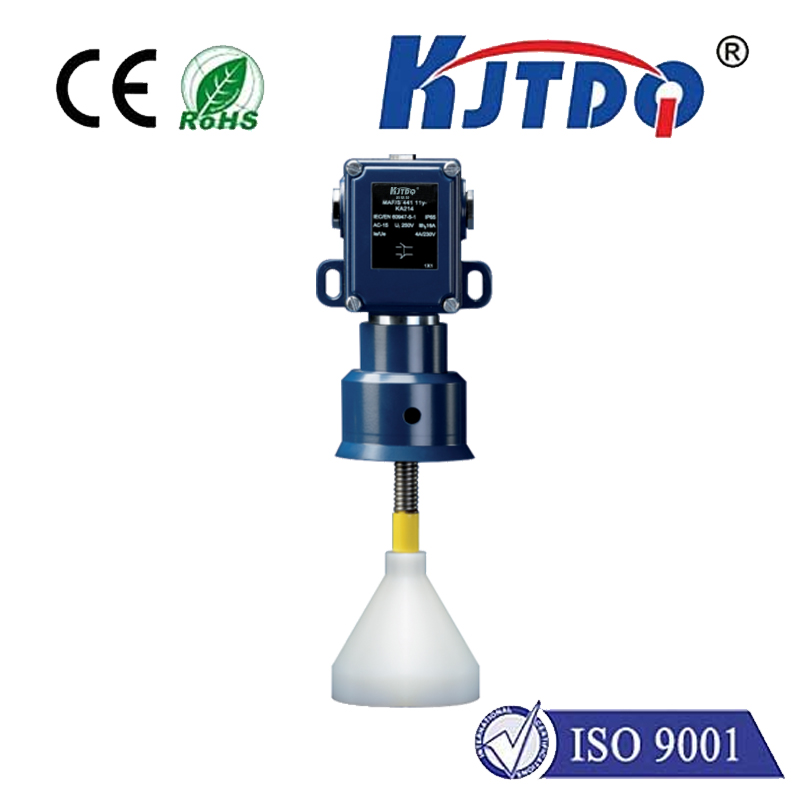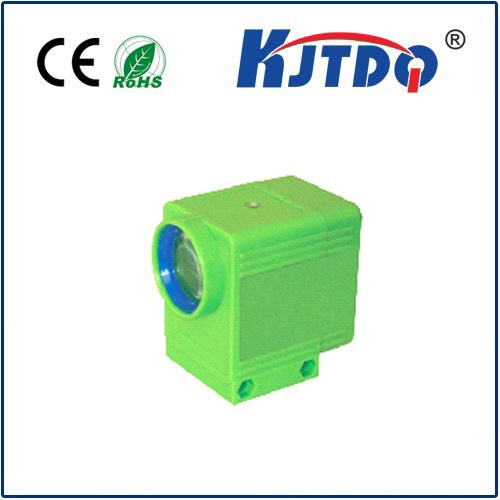

check

check

check

check
Title: Understanding Fan and Limit Switch: A Guide for Ensuring Proper Motor Control
Introduction
The use of fans in various applications, such as industrial processes, air conditioning systems, and personal computers, is essential to maintain optimal temperature, ventilation, and air circulation. In order to ensure safe and efficient operation of these fans, it is crucial to understand the role of the fan and limit switch and their relationship with motor control. In this article, we will explore the basics of fan and limit switch, their function, and how they impact motor control.
Fan and Limit Switch: An Overview
A fan is a mechanical device that converts internal energy (such as heat) into kinetic energy, which is then used to move air or other materials. The movement of the fan blades creates a flow of air, which can be used to cool or circulate air within a space. The speed and direction of the fan's rotation are controlled by the motor, whose power source is typically an electric power source such as batteries, solar panels, or AC power.
The limit switch is a component of the motor controller that detects the position of the fan blades relative to the limit switch's opening or closing. When the fan blades reach a certain position within the range defined by the limit switch, the switch sends a signal to the motor controller to stop or reduce the current flowing through the motor. This prevents the fan from overheating or from rotating at high speeds, which can potentially damage the motor or other components in the system.
Function of Fan and Limit Switch
The primary function of the fan is to move air or other materials, while the primary function of the limit switch is to regulate the speed and direction of the fan's rotation. Together, these two components work together to ensure safe and efficient operation of the fan motor.
When the limit switch is closed, it blocks the passage of electrical current to the motor, causing it to stop spinning. If the fan blades are blocked by any object (e.g. dust, debris), they may not be able to rotate freely, which could result in excessive wear on the motor or other components in the system. To prevent this from happening, it is important to regularly clean or replace any parts that may be obstructing the fan blades.
In addition to stopping the motor when the fan blades come to a complete stop, some limit switches also have additional functions such as reverse polarity protection and overcurrent protection. These features help to further safeguard against potential hazards associated with improperly functioning fans.
Motor Control and Fan and Limit Switch
Motor control involves monitoring and adjusting the current flowing through the motor in order to achieve optimal performance and stability. There are several methods for controlling motors, including direct current (DC) control using microcontrollers and alternating current (AC) control using contactor-coil mechanisms or variable frequency inverters (VFDs). In both cases, the limit switch plays an important role in ensuring safe and efficient motor control.
If the limit switch fails to detect when the fan blades have reached a complete stop (i.e. if it is open), it may allow excessive current to flow through the motor, which can cause overheating and potentially damage the motor. Similarly, if the limit switch fails to respond quickly enough when the fan begins to rotate in an unsafe direction (e.g. towards a person), it may result in injury or damage to other components in the system. Therefore, proper installation and maintenance of limit switches are crucial for ensuring safe and reliable motor control.
